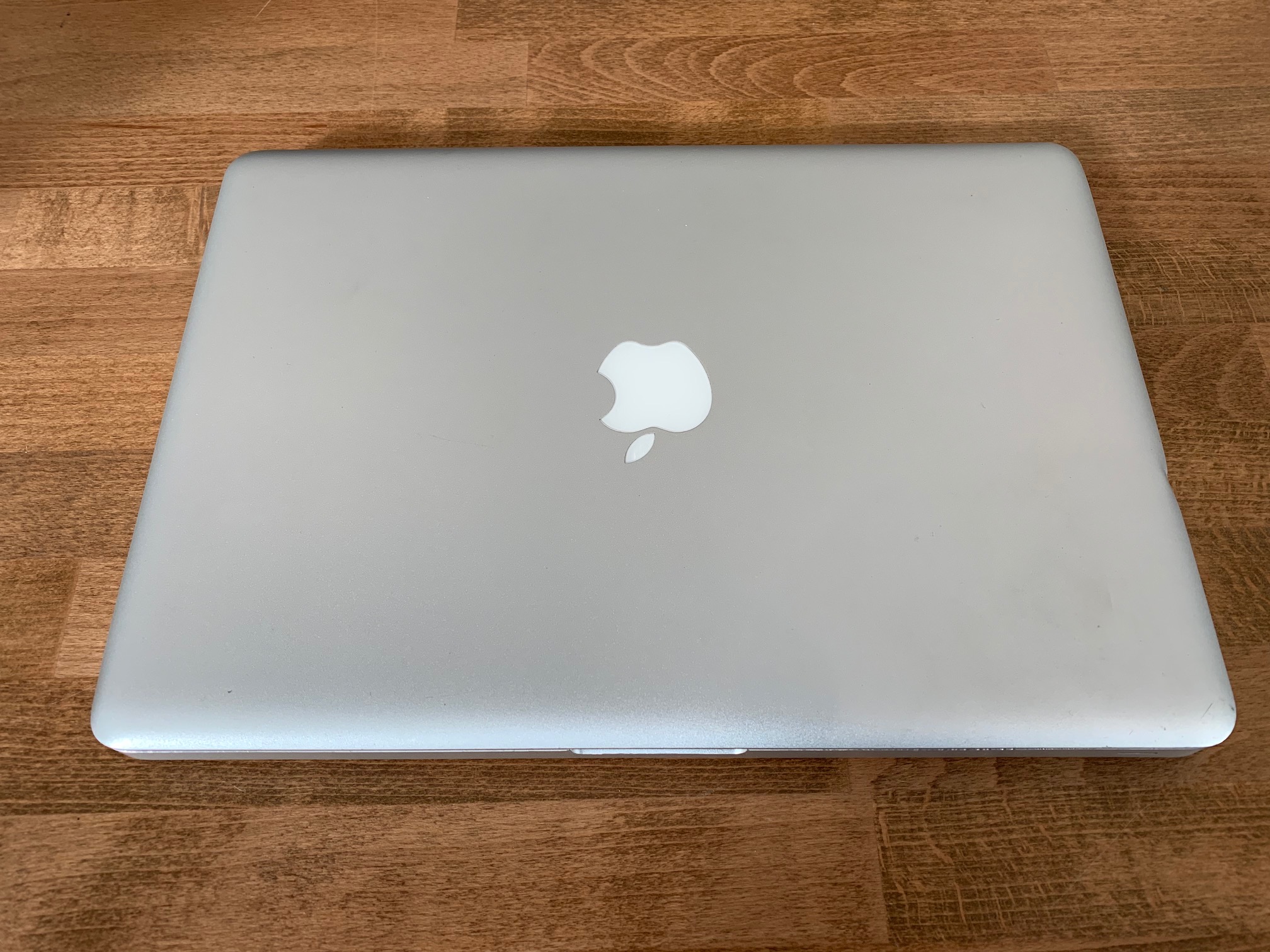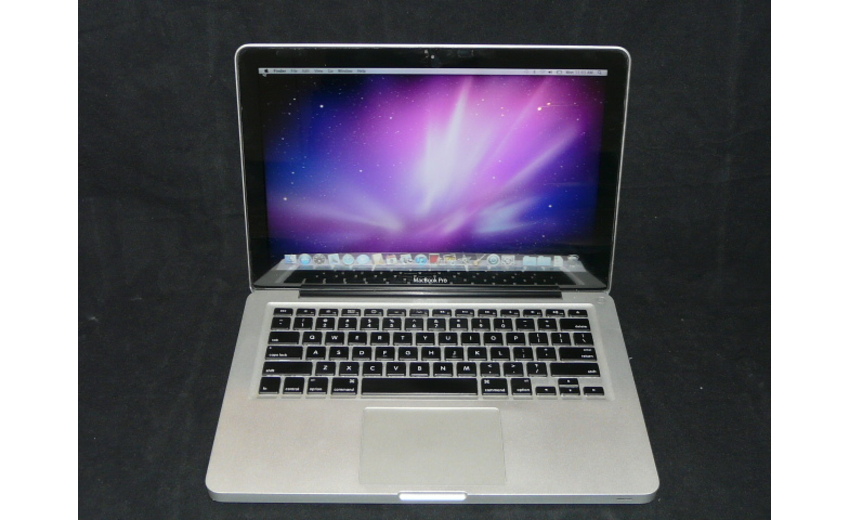

I would not classify it as "common" at this p…

The biggest difference I noticed was the max temperature near the exhaust fan(s) on the notebooks. The new 15 breaks 38C, while the new 13 is actually only marginally warmer than the old 13 thanks to the use of Intel's HD Graphics 3000. Load up the system however and you start getting into the uncomfortable zone. Under light workloads none of these temperatures are high enough to really be a problem. Even the new 13 is warmer than last year's 15. While browsing the web with tons of windows/tabs open I noticed a small but tangible increase in surface temperature of the 2011 15-inch MBP compared to the 2010 model. I pointed an IR thermometer at the center of the bottom of the notebook, right where you'd have your lap, and measured surface temperature in a couple of scenarios. I took some crude temperature measurements when I did the 2010 MacBook Pro reviews last year. The 15-inch MBP uses an 85W power adapter (left) and the 13-inch MBP uses a 60W adapter (right)ĭrawing more power also has another unfortunate side effect: the bottom of the chassis gets even hotter than before. In other words if you use the higher performance to do more, you can expect your battery to last proportionally less than the 2010 MBP. Running the same workload the new MBP shouldn't have any problems lasting as long as the old MBP on battery, but running a more aggressive workload will result in shorter battery life as a result of the higher max power consumption. These numbers tell you one thing: although the new MBP is significantly faster than its predecessor, it can also draw significantly more power.
2010 MACBOOK PRO 13 REVIEW FULL
The Half Life 2 comparison is not quite as bad, although the new 15-inch MBP still uses 45% more power under full load compared to the previous generation. The new 13-inch MacBook Pro isn't as worrisome, it has 88% of the power usage of the high end 2010 15-inch MBP and 81% of the battery capacity. The scaling isn't perfect since we are dealing with different architectures and a number of factors such as display remain static. This shouldn't be surprising as Cinebench scales nearly perfectly with core count-twice the cores should result in nearly twice the power draw.

Under Cinebench the new quad-core 15-inch MacBook Pro draws 70% more power at the wall than last year's dual-core model. The former will fully load all CPU cores while the latter ramps up CPU and GPU usage. I chose two high-load scenarios: Cinebench 11.5 and Half Life 2. I measured maximum power consumption at the wall using the same power brick and a fully charged battery. Despite being built on a 32nm process, the new 15 has twice the cores of last year's model-there's no question that it can draw more power under a full load. The new MacBook Pros have the potential to draw more power than the previous generation.


 0 kommentar(er)
0 kommentar(er)
